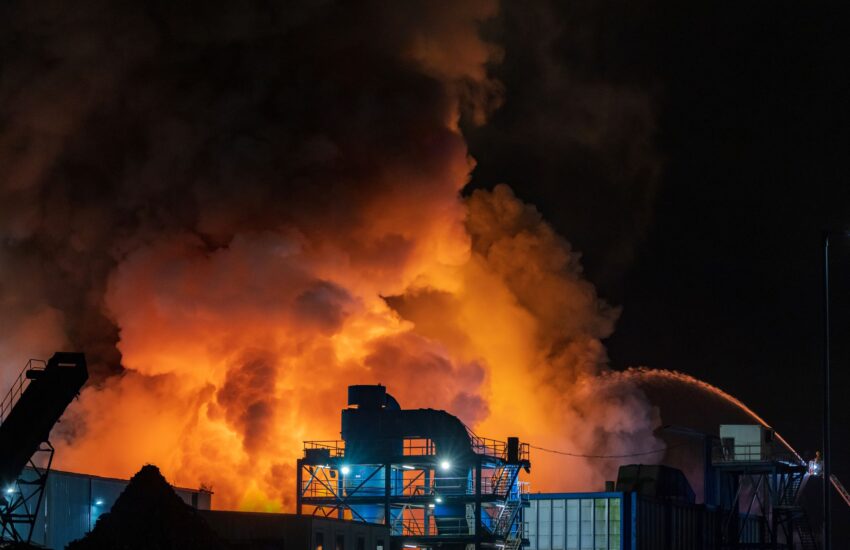The team used a combination of proton transfer reaction mass spectrometry (PTR-MS) and non-targeted analysis (NTA) in the wake of the fire, which occurred at a plastic recycling plant in Indiana in April 2023. During the following autumn, the researchers deployed their method in and around the half-mile evacuation zone that the fire triggered, testing for volatile organic compounds (VOCs) caused by the fire such as hydrogen cyanide and benzene.
In total, they identified 46 VOCs within and outside the evacuation zone, with average detection levels above local background levels. While all the VOCs detected were below the hazard thresholds set for single exposures, the researchers say it is unclear how the combination of the different VOCs may act together to adversely impact human health. The work is published in the Journal of Exposure Science & Environmental Epidemiology.
“The Environmental Protection Agency does extensive, long-term recovery work after disasters like this,” said researcher Natalie Johnson, from Texas A&M University’s Department of Environmental & Occupational Health. “We believe that our study proves this method produces accurate data very quickly, which could help officials determine the best evacuation zones following a disaster.”
The levels of hydrogen cyanide – which disrupts the body’s use of oxygen and can cause death – alongside four other VOCs were at least 1.8 times higher near the incidence site. Of the 46 VOCs detected, approximately 45 per cent were classified as high hazards, with 39 per cent classified as very high hazards.
“Each of the VOC levels we detected were individually below the hazard thresholds for single exposures, but we currently do not fully understand what the hazard thresholds would be for exposure to VOC mixtures such as these,” said Johnson.
The study noted that facilities such as recycling plants often contain large amounts of harmful toxins in a wide variety, making prediction of the VOCs produced in fires and similar disasters difficult.
“Fires at recycling plants and other typically smaller-scale disasters are usually overlooked as contributors to pollution levels, but they also are happening more frequently across the United States,” Johnson said. “This makes research and the application of research findings a pressing public health issue.”
Visit our jobs site https://jobs.theengineer.co.uk/ to find out about some of the latest career opportunities at industry’s biggest employers

